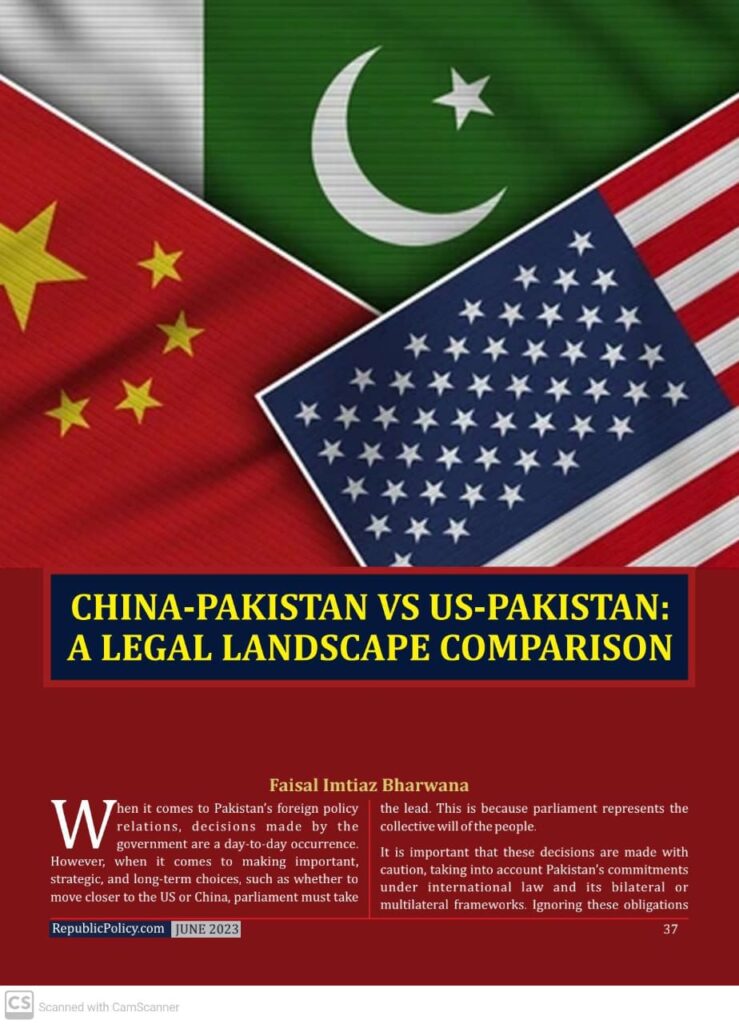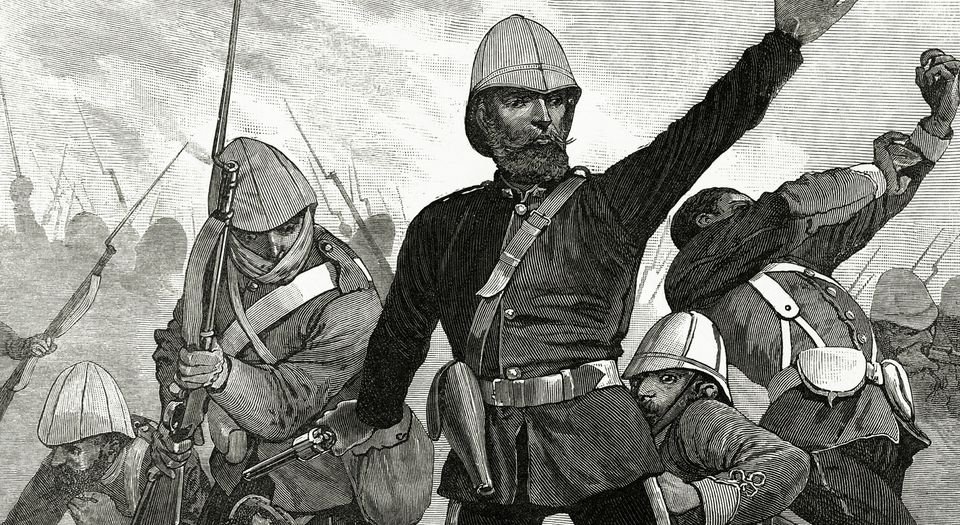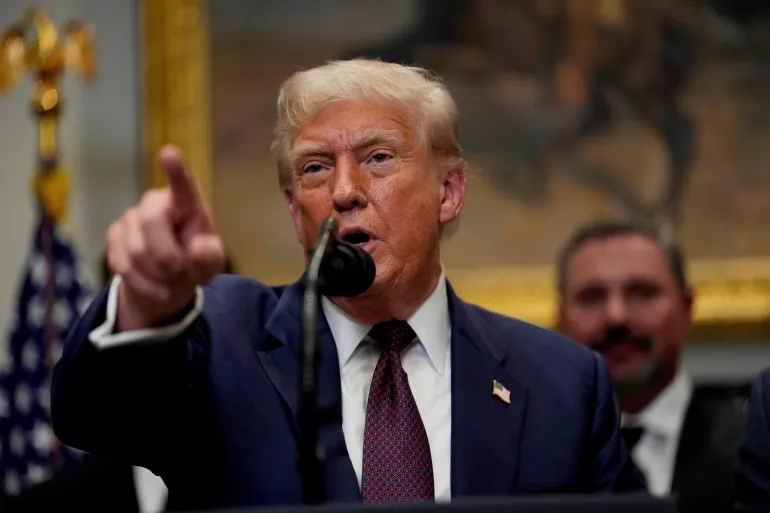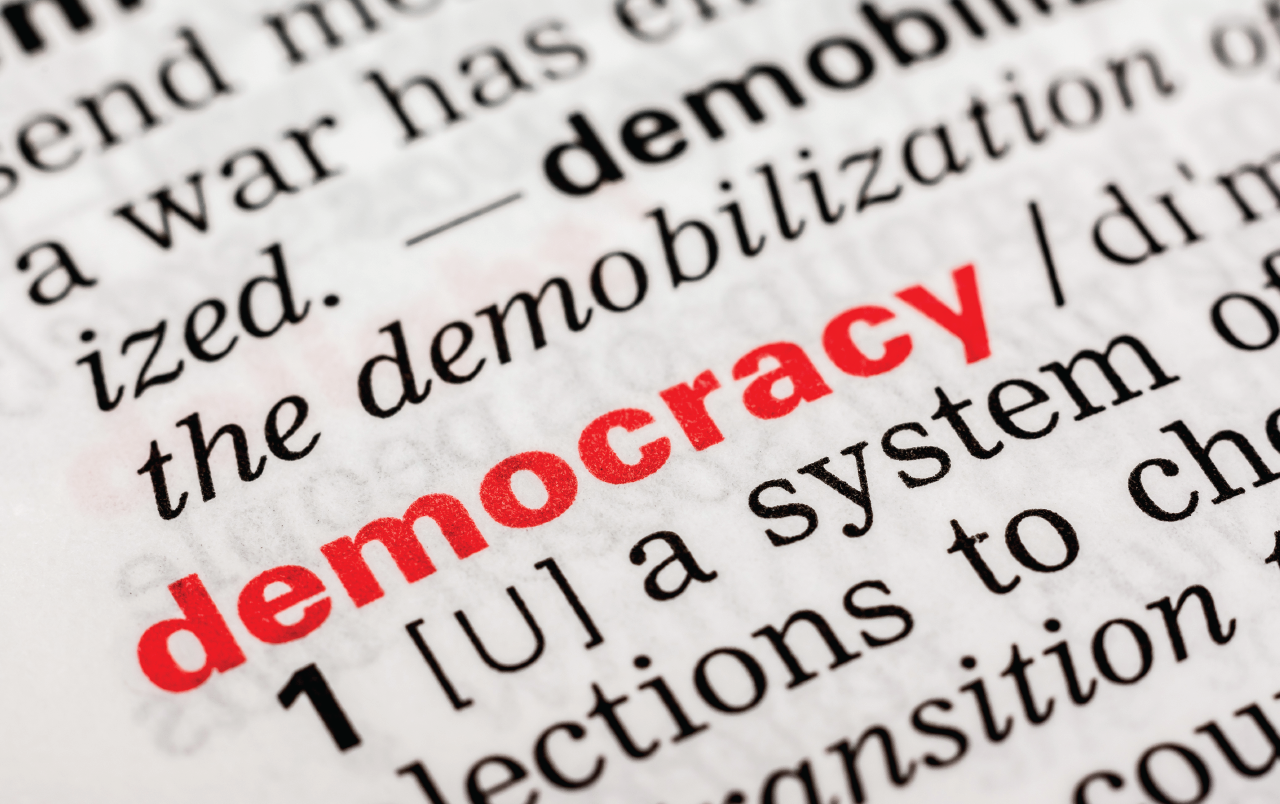By Rizwan Munir
Gross domestic product (GDP) is a monetary measure of the market value of all the final goods and services produced and sold (not resold) in a country during a specific time period, usually a year or a quarter. It is a primary indicator of a country’s economic health and output. GDP can be calculated in three ways, using expenditures, production, or incomes. It can also be adjusted for inflation and population to provide deeper insights.
The expenditure approach is one of the most common ways to calculate GDP. It adds up the expenditures made by different groups of users in the economy. The formula is:
GDP=C+I+G+NX
where C is consumption, I is investment, G is government spending, and NX is net exports (exports minus imports).
The components of GDP can be explained as follows:
Consumption:
This is the private-consumption expenditures by households and nonprofit organizations on goods and services. It includes durable goods (such as cars and furniture), non-durable goods (such as food and clothing), and services (such as banking and health care). Consumption accounts for about 70% of US GDP
.
Investment:
This is the business expenditures by businesses and home purchases by households on fixed assets that are used to produce goods and services. It includes machinery, equipment, buildings, inventories, and residential structures. Investment accounts for about 18% of US GDP.
Government spending:
This is the expenditures on goods and services by the government at all levels (federal, state, and local). It includes public goods (such as defense and infrastructure), public services (such as education and health care), and transfers (such as social security and welfare). Government spending accounts for about 17% of US GDP.
Net exports:
This is the difference between the value of goods and services that a country exports to other countries and the value of goods and services that it imports from other countries. Net exports can be positive or negative, depending on whether a country has a trade surplus or a trade deficit. Net exports account for about -5% of US GDP.
Pakistan’s economy has been facing a slowdown in recent years due to a combination of internal and external factors. Some of the fundamental reasons are:
Catastrophic floods:
Pakistan suffered from devastating floods in 2022 that affected nearly 33 million people and caused damages worth over $30 billion. The floods disrupted agricultural production, infrastructure, trade, and livelihoods, and increased the need for relief and recovery efforts.
Tight monetary stance:
Pakistan’s central bank has raised its policy interest rate to 13.25% in July 2022 to curb inflation and stabilize the exchange rate. The high interest rate has increased the cost of borrowing for businesses and consumers, and reduced investment and consumption demand.
High inflation:
Pakistan’s inflation rate has soared to 23% in November 2022, the highest in over a decade. The high inflation has eroded the purchasing power of consumers, especially the poor, and reduced their real income. The main drivers of inflation are flood-related supply shocks, higher energy prices, currency depreciation, and global inflationary pressures.
Less conducive global environment: Pakistan’s external sector has been adversely affected by a less favorable global environment amid subdued global growth, tighter global monetary conditions, lower demand from its traditional export markets, higher oil prices, and trade tensions. Pakistan’s trade deficit widened to $2.8 billion in December 2022 as exports declined by over 16% while imports increased by over 9%4.
Poor economic management:
Pakistan’s economic performance has also been hampered by poor economic management, corruption, excessive spending on defense and the armed forces, political instability, and over-dependence on remittances from abroad. Pakistan’s fiscal deficit reached 8.9% of GDP in FY19, while its public debt rose to 86.6% of GDP. Pakistan’s foreign exchange reserves fell to $7.3 billion in December 2022, barely enough to cover two months of imports. Presently, in June , they are around 3-4 billion dollars. However, prime minister of Pakistan has been able to engage IMF for a 3 billion dollar deal for nine months.
To boost its GDP growth in the short, medium, and long term, Pakistan needs to implement a comprehensive package of reforms that address its macroeconomic imbalances, structural bottlenecks, social challenges, and environmental risks.
Some of the possible strategies are:
1.
Securing an immediate bailout package from international lenders such as the IMF, the World Bank, or friendly countries such as China or Saudi Arabia to ease its balance of payments crisis, restore market confidence, and support its relief and recovery efforts.
2.
Taming inflation through sound macroeconomic policies, such as maintaining a tight monetary policy stance, ensuring continued exchange rate flexibility, containing the fiscal deficit within sustainable limits, and reducing energy subsidies.
Providing targeted relief to the poor and vulnerable groups hit hardest by rising prices, floods, and COVID-19, such as through expanding social protection programs, improving food security, and enhancing health care access and quality.
3.
Addressing the distortions that discourage trade and productivity, such as by reducing tariffs and non-tariff barriers, diversifying export markets and products, improving the business climate and governance, and promoting innovation and digitalization.
4.
Investing in human capital and infrastructure development, such as by increasing spending on education, health, social sectors, and public goods, improving the quality and efficiency of public services, and leveraging private sector participation and financing.
Pursuing green and inclusive growth, such as by adopting low-carbon and climate-resilient policies and practices, enhancing environmental management and regulation, promoting renewable energy sources and energy efficiency, and ensuring gender equality and social inclusion.

Accordingly, Pakistan needs administrative & civil services reforms to implement the specialized economic policies. Furthermore, Pakistan needs economic & political consensus to ensure political stability & policy consistency for developing a strong GDP.















